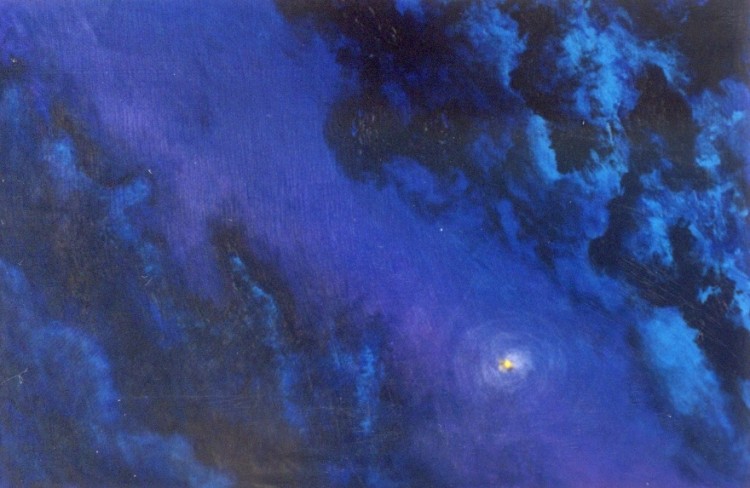A number of years ago, I took up an interest in amateur astronomy. I would often go out to the seaside to study the night skies, away from the glare of the neighborhood streetlights. In those days, I had the tendency to stay up late into the night, so this fit right into my schedule. I can still remember the time I went out to the beach at around 3AM on a late Summer night, just to see Sirius and Venus rise together. I had heard on an astronomy radio program that I’ve listened to a lot that Sirius and Venus were set to rise in fairly close succession that morning. I always enjoyed seeing Sirius in the times it rose and was still low in the sky, as it tended to twinkle with all sorts of prismatic colors, not unlike Christmas lights. So I went out to the beach and waited on the shore, in the cool morning air. The waves lapped on the sands beneath my feet, and I could hear the sounds of a night bird somewhere in the dark. I scanned the distant horizon over the ocean, watching and waiting expectantly. First rose Sirius in the east, dim and reddish at first, and getting brighter as it rose higher over the dark horizon. The reddish hue gradually lightened and faded to a bluish-white, and as the star gained altitude, it began to twinkle and scintillate like a little diamond in a jewelry shop window, with flashes of blues, reds, yellows and other prismatic colors interspersed with the bluish-white. I watched the little gem display in the pre-dawn morning skies for a while, and then saw another reddish point of light starting to break above the horizon. This I knew was Venus. It sort of pulsed and throbbed just over the distant ocean waves, its light growing brighter and steadier as it rose, and its color gradually changing from an orange red to a brilliant white, steadily shining with nary a trace of flicker. I gazed at the display of heavenly bodies for a while, while I could feel the cool night breezes gently blowing past me. Satisfied, I began to head home, carrying the memories with me in my mind.
But alas, as I journeyed homeward, a sudden rain shower fell, and I arrived home sopping wet. But the memories of that early morning star show at the oceanside remain with me to this day…
FYI: Sirius is the brightest star visible in the night sky. It is often called the “Dog Star”. In the Northern hemisphere, it is most easily viewed during the winter months, when it rises in the evening and sets in the morning. Venus is the brightest planet visible in the night sky. Its times of visibility varies over the seasons and the years.

